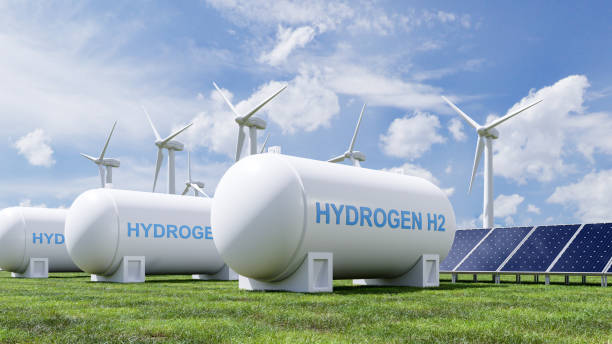Self-Healing Concrete
🌐
Public
Technology Title
Biodegradable Polymers
Biodegradable Polymers
Project Title
Self-Healing Concrete
Self-Healing Concrete
Category
Synthetic Biology
Synthetic Biology
Short Description
Concrete that repairs its own cracks using embedded bacteria or chemical agents.
Concrete that repairs its own cracks using embedded bacteria or chemical agents.
Long Description
Self-healing concrete, also known as bio-concrete or self-repairing concrete, is a type of concrete that has the ability to repair its own cracks and damages autonomously. This is achieved through the use of embedded microorganisms, such as bacteria, or chemical agents that can produce calcite or other minerals to fill in the cracks. The bacteria, typically Bacillus subtilis or similar species, are usually encapsulated in a nutrient-rich medium and added to the concrete mixture. When cracks occur, the bacteria are exposed to air and water, which triggers their metabolic activity, producing calcite (calcium carbonate) as a byproduct. The calcite then precipitates out of the solution and fills in the cracks, effectively sealing and repairing the concrete. This process can be enhanced or accelerated by incorporating chemical agents, such as superabsorbent polymers or crystalline admixtures, that can absorb water and swell, releasing the bacteria or minerals to promote healing. Self-healing concrete has the potential to increase the durability and lifespan of concrete structures, reducing maintenance and repair costs, and improving overall sustainability.
Self-healing concrete, also known as bio-concrete or self-repairing concrete, is a type of concrete that has the ability to repair its own cracks and damages autonomously. This is achieved through the use of embedded microorganisms, such as bacteria, or chemical agents that can produce calcite or other minerals to fill in the cracks. The bacteria, typically Bacillus subtilis or similar species, are usually encapsulated in a nutrient-rich medium and added to the concrete mixture. When cracks occur, the bacteria are exposed to air and water, which triggers their metabolic activity, producing calcite (calcium carbonate) as a byproduct. The calcite then precipitates out of the solution and fills in the cracks, effectively sealing and repairing the concrete. This process can be enhanced or accelerated by incorporating chemical agents, such as superabsorbent polymers or crystalline admixtures, that can absorb water and swell, releasing the bacteria or minerals to promote healing. Self-healing concrete has the potential to increase the durability and lifespan of concrete structures, reducing maintenance and repair costs, and improving overall sustainability.
Image


Tags
Second Choice
Second Choice
Email
simmy@yopmail.com
simmy@yopmail.com
